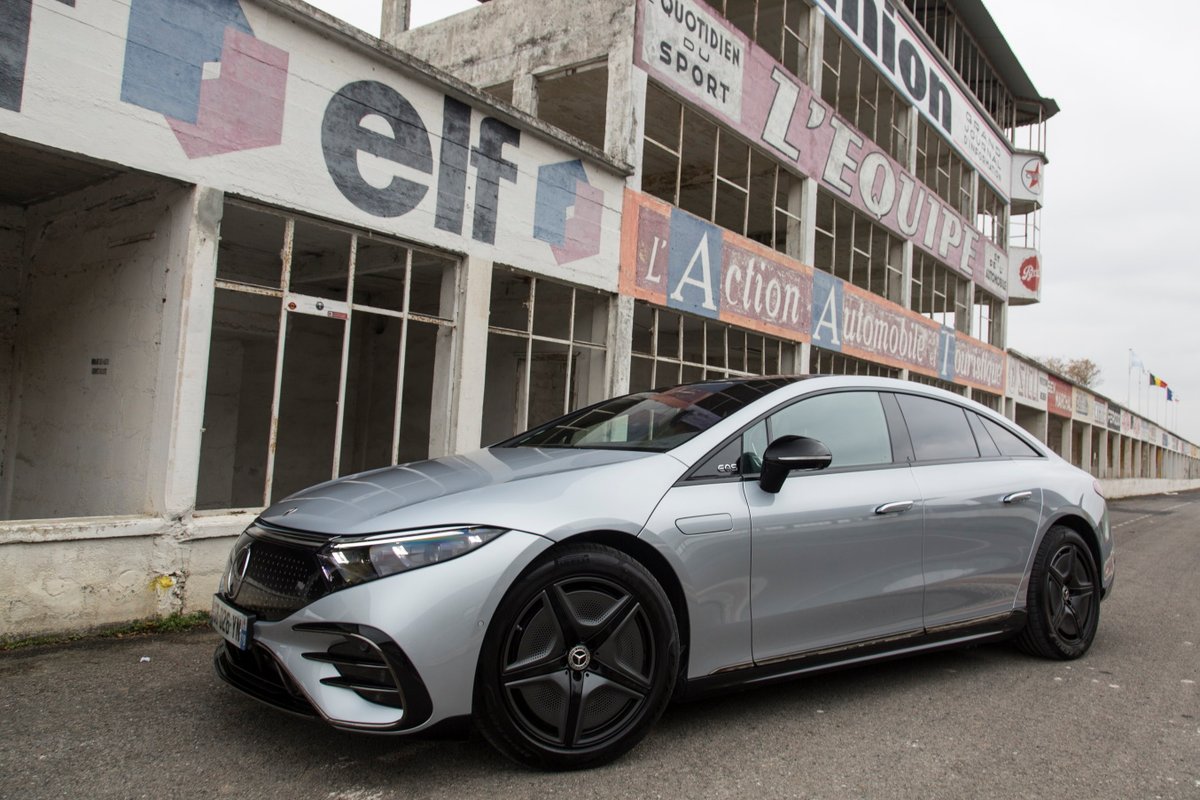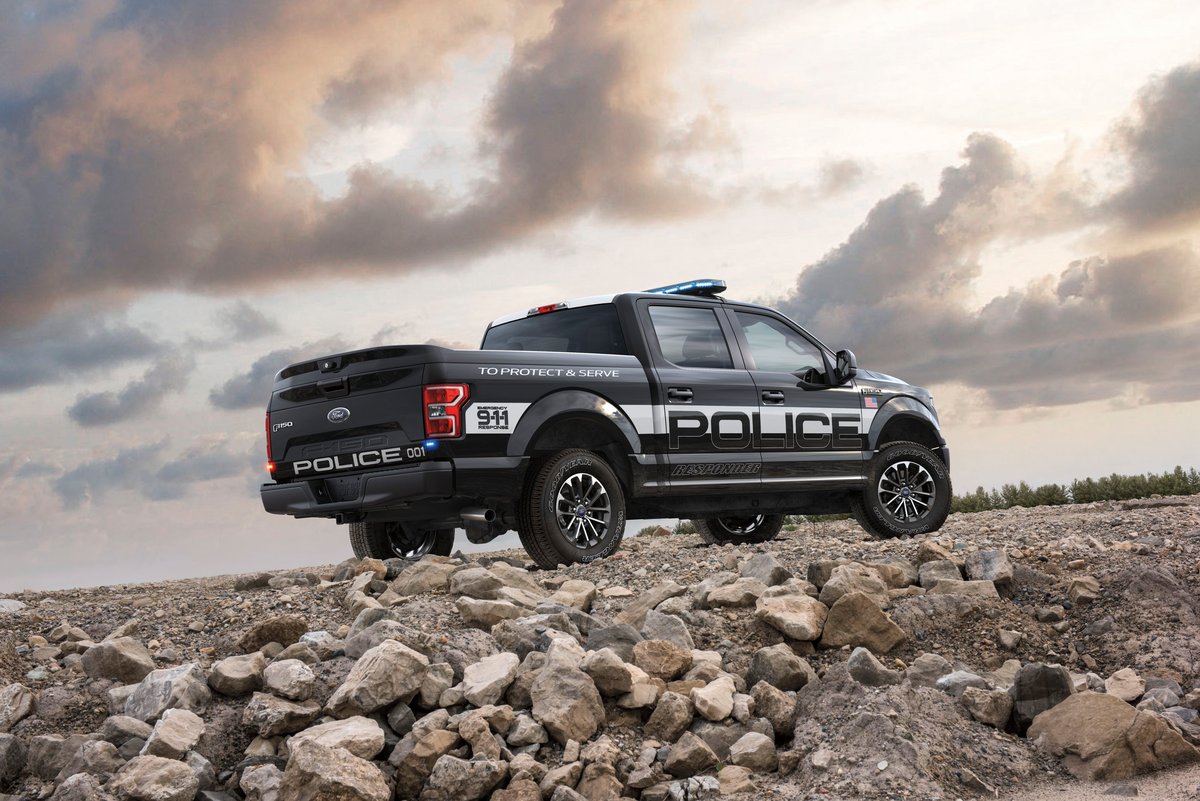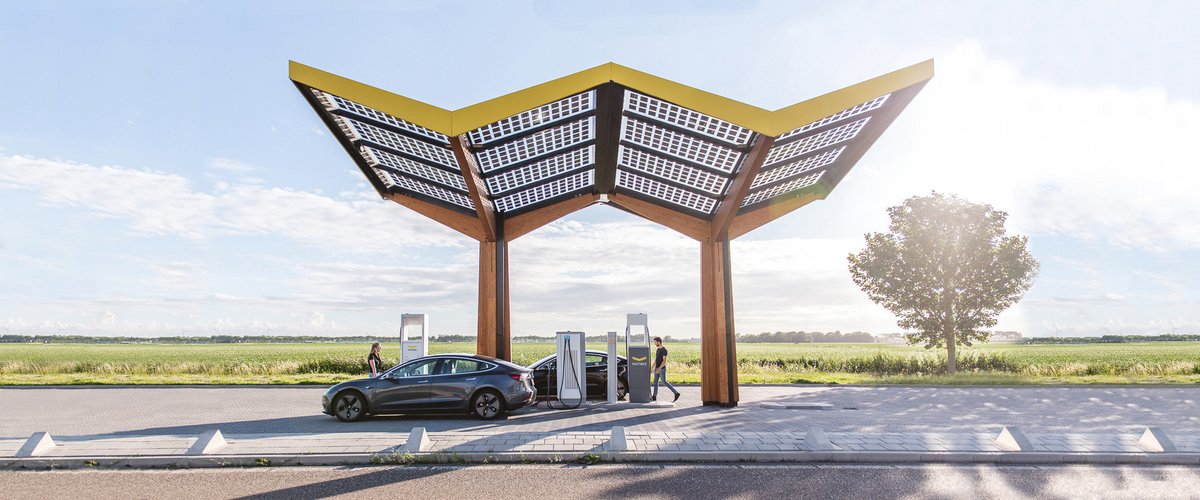The end of the thermal engine marketing
, gasoline and diesel, is announced for 2035 in France. This government announcement follows the global trend: many countries have already announced the death of diesel and gasoline.
Car manufacturers have had to renew themselves quickly to offer a wider range of electric cars. To ensure this transition, the offer must be able to meet all needs, from city cars to family vehicles, including compact sedans and station wagons. The market was very dynamic this year, still supported in France by the ecological bonus and the conversion bonus.
It is also necessary to develop the charging network so that the new electric vehicles are operational for daily journeys as well as for long distance journeys. The number of charging stations increased during the year, but there is still a lot to do to fill future uses.
State aid maintained this year
Between a bonus for the purchase of an electric car and a conversion bonus, the government continues to support the purchase of vehicles that are more respectful of the environment. The super bonus was maintained until last June with an aid of € 7,000 for the purchase of a car emitting less than 20 g / km of CO2. Since July, it has fallen to € 6,000.
The conversion bonus also makes it possible to benefit from a help from the State for the purchase of a car emitting less than 137 g / km of CO.2 when sending an old vehicle to the scrapyard. The eligible models are diesels put into circulation before 2011 and petrol models registered before 2006. The amount of the premium can reach up to € 5,000 depending on the vehicle purchased and household income.
Finally, the premium for the purchase of a used electric vehicle is still relevant. When purchasing an electric car that is more than 2 years old, it is possible to benefit from this assistance in the amount of € 1,000. It provides access to second-hand models now available at low prices, such as the first generations of Renault Zoé, which cost less than € 6,000 with mileage of less than 100,000 km.
The “Renaulution” of the electric car at all costs
After the success of the Renault Zoé, Renault launched the Twingo ZE last year. It is the turn of its Romanian subsidiary, Dacia, to invest in the electric market with a first-price model. While performance remains limited from a dynamic and autonomy point of view, its price is also limited: € 16,800 before the application of the bonus or the conversion premium. The electric car is no longer reserved for wealthy people. There remains the question of autonomy.
2021 is also the year in which Renault announced its “Renaulution”: an internal revolution that directs the diamond brand towards a future that is more respectful of the environment. Between the conversion of old models to electric, the return of mythical models with electric sauce and the electrification of several models in the range, the manufacturer is innovating and renovating its image.
With the 4L and the electric Renault 5, Renault wants to strike a blow. The brand is also preparing to launch new models. The electric Renault Megane opens the ball before seeing the arrival of electric models at Alpine, including an Alpine R5 in preparation.
Models that hit the road in 2021
From the Dacia Spring to the Mercedes EQS via other European, Chinese or Korean brands, there is now a wide choice of electric cars. European manufacturers have declined their electric range, German brands being particularly active. Mercedes regularly adds new models to the EQ lineup, from the small EQB SUV to the luxury large EQS sedan. BMW will have launched its i4 sedan and its iX and iX3 SUVs. Audi is expanding its range with a Q4 e-tron and its RS e-tron.

At Stellantis, the automotive group replacing the former French entity PSA Group since the start of 2021, new electric models have joined the catalog of different brands. The Citroën ë-C4, with the false air of GS of the 60s and new versions of the Fiat 500 appeared on European roads.
The Kia group particularly stood out this year. After having teased the Ioniq range for a long time, the first opus arrived in the spring with the Ioniq 5 followed by the Kia EV6. These two models display interesting features coupled with a modern and attractive style.
Meanwhile, MG is renewing its economical SUV, the ZS, which offers a relevant price / range ratio. Tesla continues its momentum with the launch in Europe of its compact SUV, the Model Y. Sharing many points in common with the Model 3, success is evident. The latter is also regularly at the top of electric car sales in Europe, sharing the podium with the Renault Zoé, Peugeot e-208 and the Volkswagen ID.3.
The German manufacturer has launched the marketing of its new SUV: the Volkswagen ID.4 is now available for sale. A sportier version with 4-wheel drive is offered under the name ID.4 GTX. The group’s other brands have also made progress with the arrival of the Cupra Born and the Skoda Enyaq iV.
One of the most anticipated models also arrived in the spring: the Ford Mustang Mach-e. Inspired by the style of the legendary Muscle Car of the 60s, Ford offers here a performance electric SUV with a sporty style.
Builders are betting everything on electrification
From simple hybrids to 100% electric cars, including microhybridization and plug-in hybrids, global automakers have embarked on a 180 ° turn. Even the most resistant, like Toyota, end up joining the race to electrify our means of transport.
The Volkswagen group has deployed its 1.4 TSI plug-in hybrid engine on many models in its range, from the Golf to the Passat, including the Skoda Octavia, which has a supercharged RS version, or even on the Audi and Seat models.

French manufacturers have also followed this trend with the E-Tech range from Renault, whose hybrid powertrain equips the Clio E-Tech, the Arkana E-Tech and the Mégane E-Tech. At Stellantis, vehicles bearing the Peugeot, Citroën or even DS logo also benefit from high-performance hybrid engines under the name Hybrid4.
At Volvo, the electric range is also being rolled out with the XC Recharge. However, the Polestar subsidiary is still not marketed in France, against the backdrop of a dispute with the Stellantis group over the design of the logo, considered too close to that of the DS brand.
The world facing the semiconductor crisis
Since the start of the Covid-19 epidemic, the world has had to face an invisible enemy. If we had to face initially a health crisis punctuated by curfews and repeated confinements, its repercussions ended up reaching the industry. The economic slowdown and the reorganization of production to cover immediate needs caused stockouts.
A semiconductor crisis quickly emerged. Car manufacturers have been facing difficulties since the start of the year in obtaining the electronic components essential for the production of new models. This results in production line shutdowns in factories around the world at most manufacturers. These stops cause delivery delays undermining sales. The new vehicle market has declined across Europe.

Among the most impacted vehicles, many models have seen their launch delayed, such as Nissan’s new high-end SUV, the Ariya. The CEO of Renault estimates that the shortage will impact the company until mid-2022.
Between Asia and America, a wave of new models
China is very active in the electric vehicle market. Many start-ups have emerged in recent years, subsidiaries of Chinese automobile groups or financed with the help of investment funds. Some brands are conquering the European market.
One of the first was Aiways, which arrived in France via the Isle of Beauty via the rental company Hertz. Other brands are also arriving on our roads, such as Lynk & Co or Xpeng but also Nio which will soon market its ET7 sedan in Europe. MG, now a Chinese brand, markets its models with a network of partners in France, Seres will follow the same strategy.

On the side of the United States, under the leadership of Tesla, many vehicles are starting to appear. Coming from major manufacturers or new start-ups, the offer is growing rapidly. Lucid, which is positioned as a direct competitor of Tesla, has started marketing its top-of-the-range sedan, the Lucid Air. Fisker announces that it will land in Europe and Rivian offers an attractive electric pickup on the American continent.

The big names in the American automobile industry are also very active. Cadillac unveiled its first electric car, the Lyriq; Ford, after its Mach-e SUV, launched the electric version of its F150 pickup; while the Hummer rises from its ashes at General Motors. The latter, long criticized for its excessiveness and its pharaonic consumption, returns in 2023 with a powerful electric version.
Europe is stepping up its network of charging stations
Since the craze for electric vehicles in 2020, charging stations have been regularly singled out. How to promote vehicles requiring a dense recharging network if it does not exist? Between a maintenance that leaves something to be desired and white areas, the electric car does not always impose itself as simply as one would like.
Fortunately, France is one of the best-served European countries. There are currently nearly 50,000 terminals in France at the end of the year, an increase of over 30% over the year. But is this enough when we know that there are, according to the recent census of Avere-France, more than 700,000 electric cars and plug-in hybrids in circulation?

Fast charging stations, essential for traveling with an electric car without spending hours waiting in parking lots, are also developing. After the arrival of Fastned and the deployment of TotalEnergies’ offer, users will now have the choice. For its part, Ionity wants to accelerate its establishment in Europe with a target of 7,000 ultra-fast terminals on European axes by 2025.

6